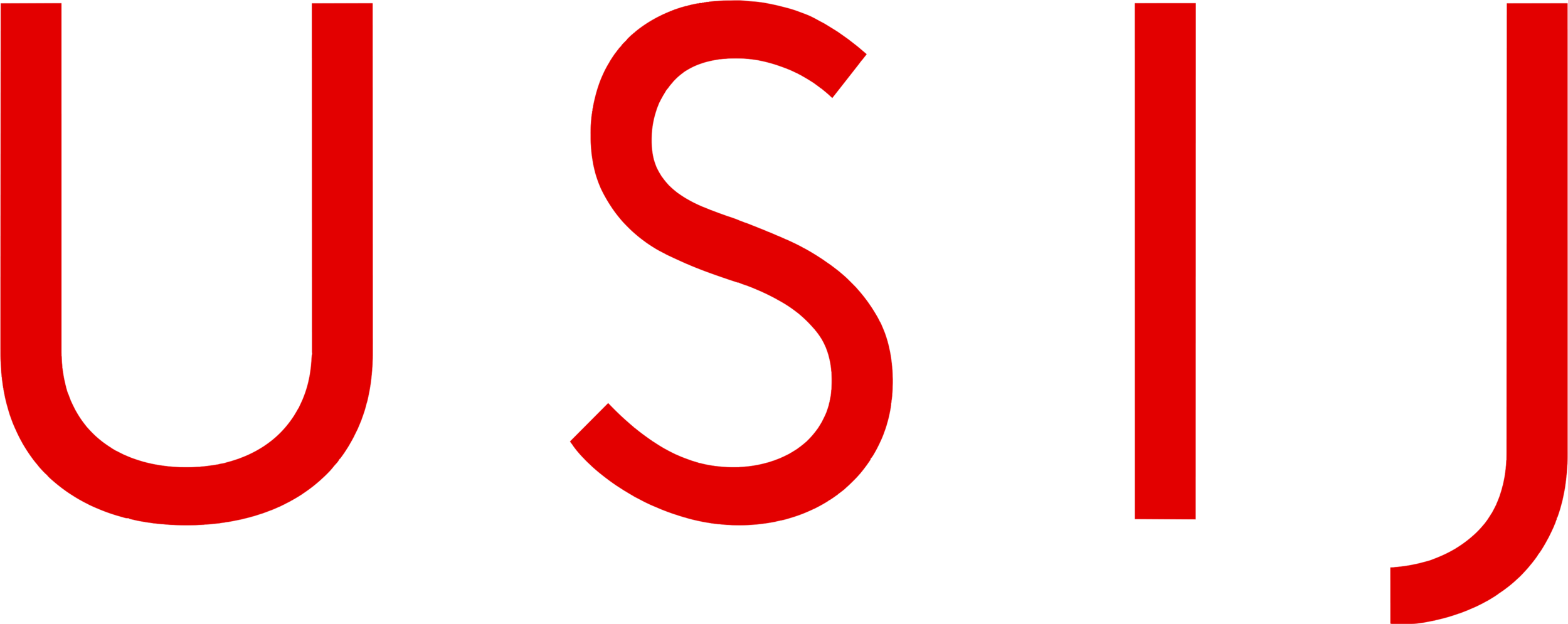Overreaching for Obviousness in IPRs: Enforcing the “Patents or Printed Publication” Requirement
Introduction and summary
The America Invents Act (“AIA”) restricted the bases on which obviousness challenges may be instituted in inter partes review (“IPR”) proceedings. Obviousness attacks can be instituted “only on the basis of prior art consisting of patents or printed publications.” 35 U.S.C. § 311. However, in practice, the PTAB has relaxed this requirement and allows obviousness challenges to be based on expert opinions that stray into matters extrinsic to the submitted prior art. This lax application of Section 311 has allowed the PTAB’s purview to balloon, permitting parties to bring challenges when an expert opinion (and not the submitted prior art) states that a claimed invention would have been “predictable” or “obvious to try,” among other such factors. While such opinions would be permitted in the broader evidentiary proceedings of post-grant reviews (“PGRs”) or in district court cases, this exceeds the limited statutory role of IPRs.
The 2018 Trial Practice Guide (“TPG”) of the U.S. Patent & Trademark Office (“PTO”) attempted to circumscribe the use of retained experts at the Patent Trial and Appeal Board (“PTAB”). The TPG updated the original 2012 Practice Guide to “take into account stakeholder feedback, lessons learned since the first AIA trial, and the natural evolution of the Board’s practices.” 2018 TPG at 2. The first topic addressed is experts. The section concludes with the following admonition on excessive use of experts in IPRs to try to fill gaps in the prior art’s disclosures:
Furthermore, because an inter partes review may only be requested “on the basis of prior art consisting of patents or printed publications, 35 U.S.C. 311(b), expert testimony may explain “patents and printed publications,” but is not a substitute for disclosure in a prior art reference itself.
2018 TPG at 5. This succinct prescription for limiting the use of expert opinions in instituting IPRs has not taken hold in the ranks of the administrative patent judges (“APJs”) responsible for implementing the statute.
In contravention of the restrictive language of Section 311 and the admonitions of the Trial Practice Guide, the PTAB condones obviousness challenges that rely on extrinsic matters not found in the cited prior art references. Recent IPR institution decisions openly accommodate wide-ranging expert opinions and rely on those opinions as a basis to institute IPRs. For example:
“We ‘take account of the inferences and creative steps that a person of ordinary skill in the art would employ.’” IPR2018-01155, Paper No. 9, at 16;
“Obviousness, however, is measured by allowing for what a person of ordinary skill in the art would have considered when faced with the various problems and teachings in the art.” IPR2018-01044, Paper No. 9, at 17;
“Thus, according to Petitioner, ‘the use of TEOS was a known design choice, and one of a finite number of identified, predictable solutions.’” IPR2018-00951, Paper No. 7, at 11.
In such cases, the finding of obviousness is not based on information found in “patents or printed publications,” but instead on a far more loosely defined universe of inferences and opinions that go well beyond the statutory limitation of IPRs.
The statutory limit of IPRs must be strictly enforced. In SAS Institute Inc. v Iancu, 138 S.Ct. 1348 (2018), the Supreme Court made clear that the discretion of the PTO to conduct IPRs is limited by the specific statutory language that Congress chose when it defined the scope of IPRs and created the PTAB to adjudicate them. Given the careful and precise reading of the AIA that the Court used in SAS, Section 311 seems to say explicitly that IPRs must be limited to cases where obviousness is established only in patents or printed publications:
A petitioner in an inter partes review may request to cancel as unpatentable 1 or more claims of a patent only on a ground that could be raised under section 102 or 103 and only on the basis of prior art consisting of patents or printed publications.
35 U.S.C. § 311 (Emphasis supplied).
Expert declarations, of course, are allowed in IPR proceedings pursuant to Section 312, but the implication of Section 311, quoted above, nevertheless restricts the scope of any such opinion by a retained expert. Thus, although experts may be appropriate for interpreting the scope and content of a prior art reference, experts should not be allowed to opine as to the existence of facts not found in the patents and printed publications being offered to the PTO as establishing obviousness. IPRs, in this respect, are distinctly different from the Post-Grant Reviews (“PGRs”) established in Section 321(b), which allows a challenge to validity “on any ground that could be raised under … section 282(b) (relating to invalidity of the patent or any claim).”
A prudent way to comply with the limitations of the statute and the strictures of SAS is to limit the institution of IPRs to cases where the petition establishes obviousness based only on the teachings of the submitted patents and publications. Factors such as what is “predictable” and “obvious to try” are beyond the limited statutory scope of IPRs.
